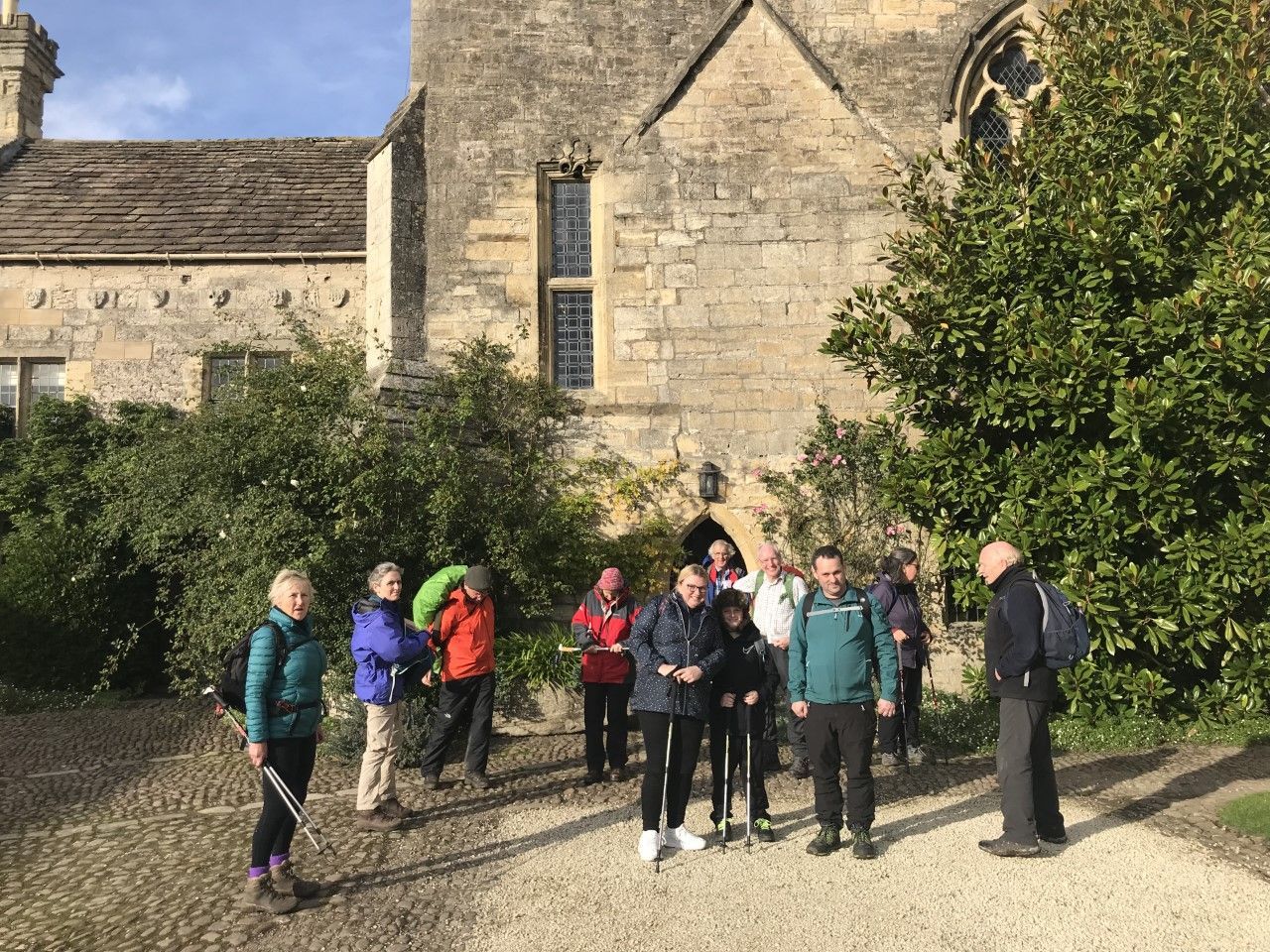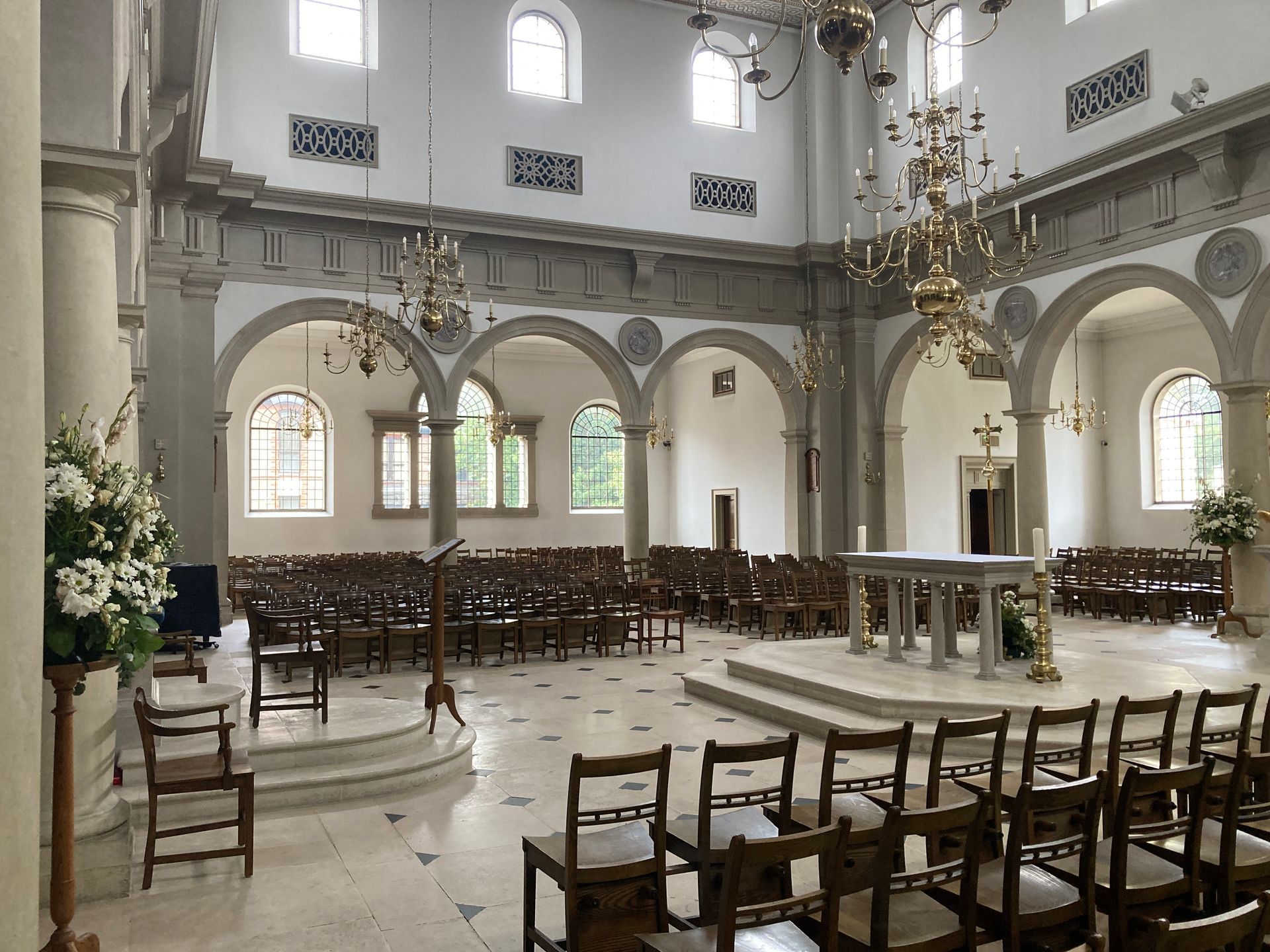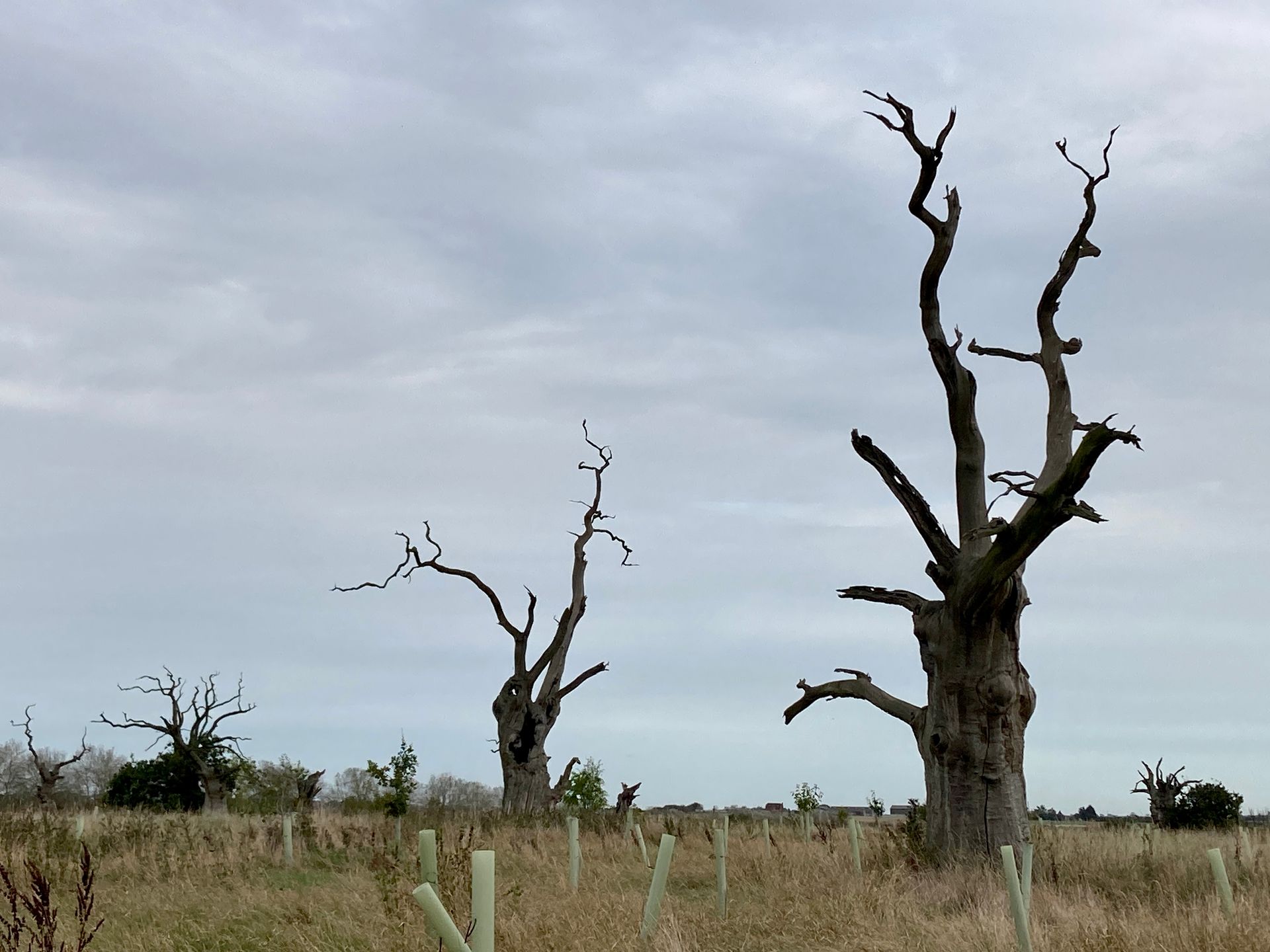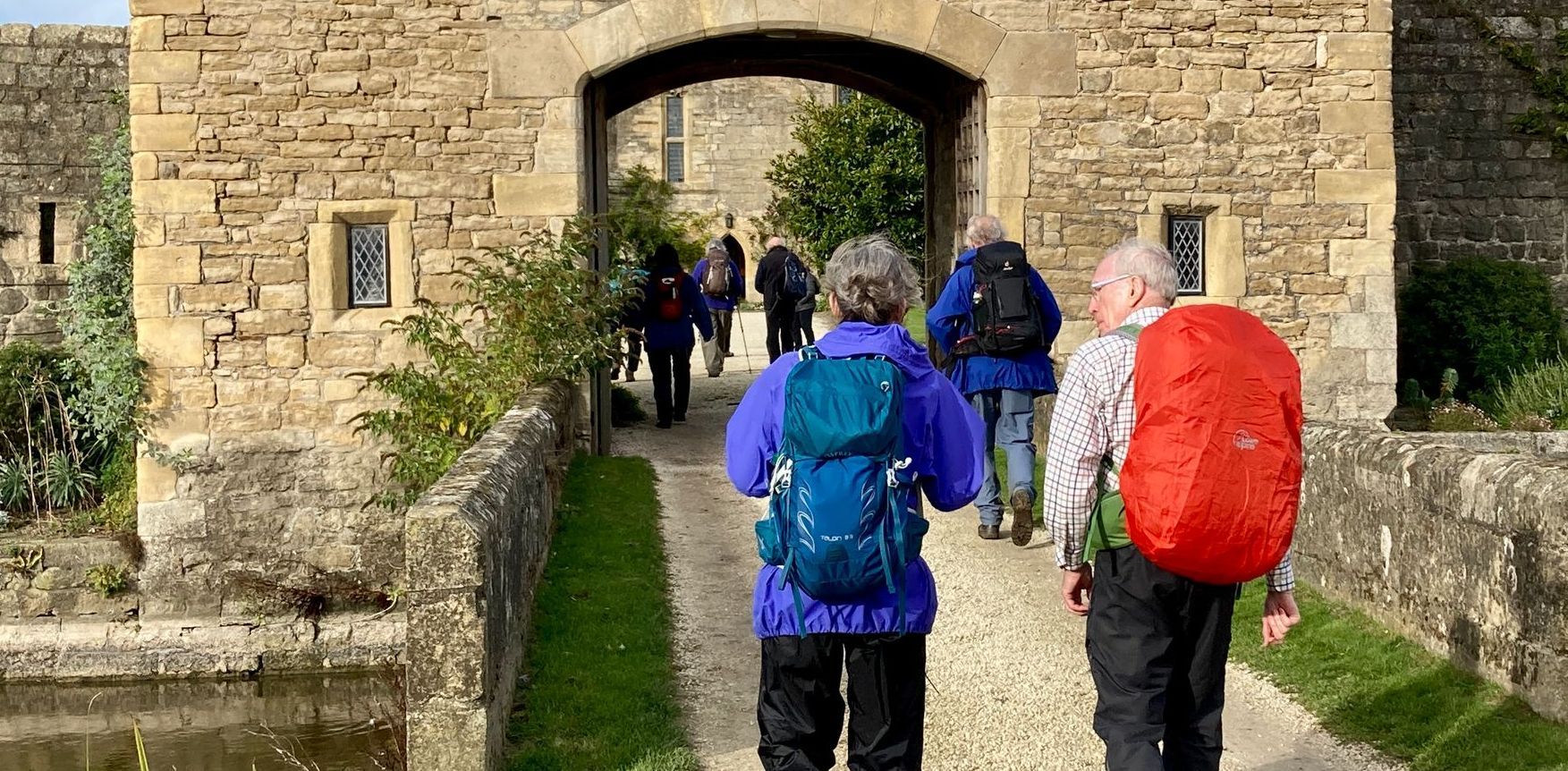St Peter's Way
GPX AND WAYMARKED ROUTE
A Pilgrim Way for the Diocese of Brentwood from the Cathedral of St Mary & St Helen in Brentwood to the Chapel of St Peter, Bradwell-on-Sea
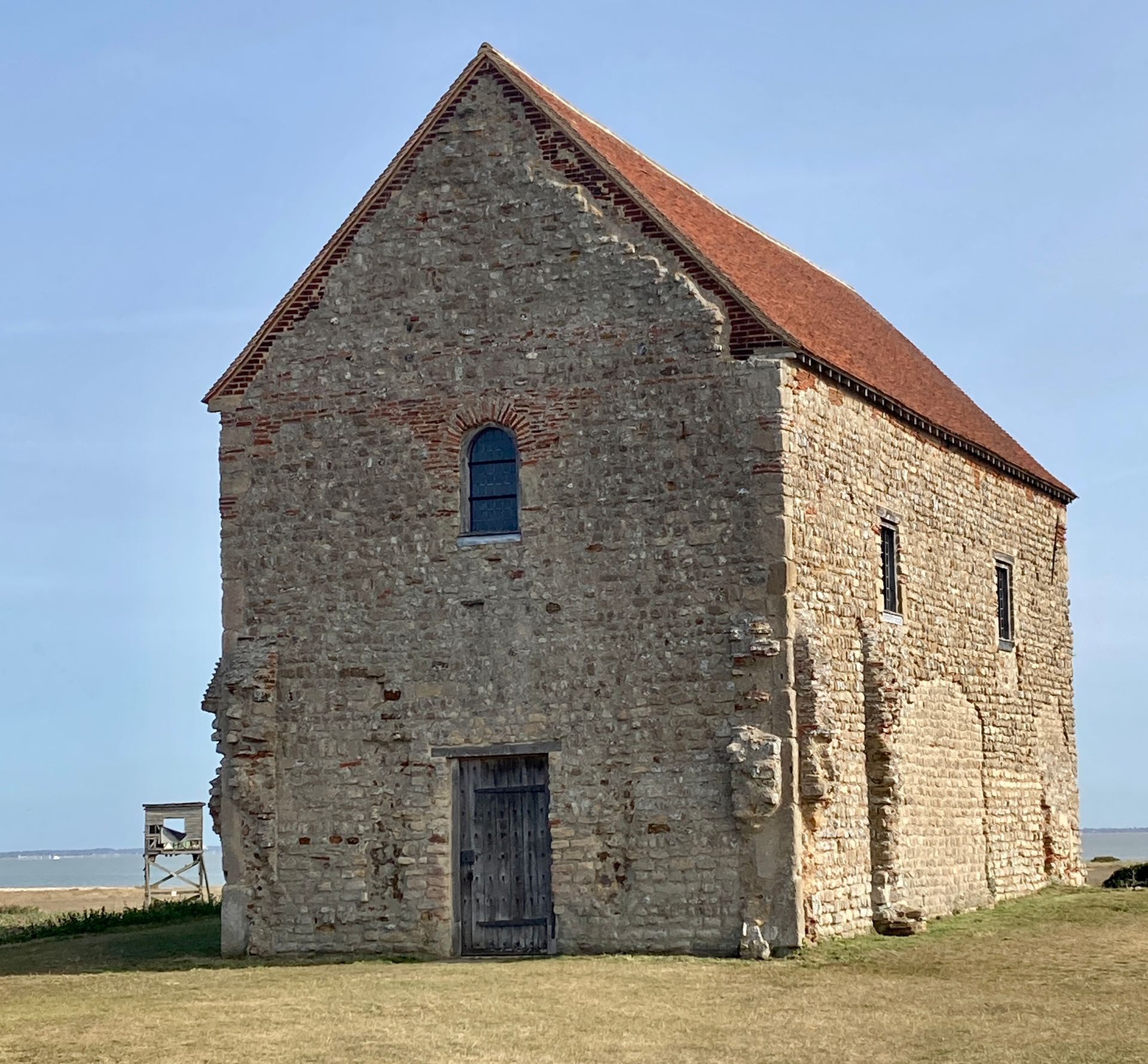
St Peter's Chapel at Bradwell-on-Sea
About the route
The Chapel of St Peter at Bradwell-on-Sea marks the site where St Cedd landed in 653AD. Cedd was an Anglo-Saxon monk and bishop. He was an evangelist of the Middle Angles and East Saxons and a significant participant in the Synod of Whitby.
The St Peter's Way provides an alternative to the Way of Our Lady of Light to Clacton-on-Sea, which can only be walked during summer months because it uses seasonal ferries at Brightlingsea. The route follows the Way of Our Lady of Light from Brentwood Cathedral to Stock. Soon after the village of Stock the route joins the St Peter's Way which runs from Chipping Ongar to Bradwell. The St Peter's Way was conceived by Fred Matthews and Harry Bitten, members of the Ramblers' Association. It has been adopted by Essex County Council, waymarked, and a downloadable guidebook was produced in 2011.
Pilgrims can follow the GPX file from this website and the Way of Our Lady of Light directions to Stock. After Stock pilgrims should continue to use the GPX file with the St Peter’s Way guidebook and waymarks.
You can find out more about the Way and download the GPX file by clicking on the LEARN MORE tab in the
interactive map below
St Peter's Chapel is one of the oldest largely intact churches in England. In 653 AD Cedd travelled south from Lindisfarne to spread Christianity amongst the East Saxons, and, having been ordained as a bishop, returned the next year to build the chapel, amid the ruins of the abandoned Roman fort of Othona. There is an annual ecumenical pilgrimage and the chapel is used by the nearby Othona Community.
Guidance
Using the tabs in this section you can find the information you need for your pilgrimage.
The Outer Way provides practical advice about the route.
The Inner Way describes the spiritual highlights.
Using the button below you can download the St Peter's Way booklet produced by Essex County Council.
Stages: route, food & drink, accommodation and public transport
1. Brentwood Cathedral to Stock: 8.9 miles
The Cathedral can be reached by foot or bus from the railway station. The route is through suburbs and them quiet countryside to the village of Ingatestone, shortly afterwards passing Ingatestone Hall and then reaching Stock. There are plenty of options for food, drink and accommodation in Brentwood. There are pubs and shops at Shenfield, Ingatestone and Stock. There are railway stations for trains back to Brentwood at Shenfield and Ingatestone. There are buses from Stock, although no direct route to Brentwood (see link below). Accommodation is available at an inn in Stock.
For walking directions download the walking guidance for the Way of Our Lady of Light.
2. Stock to Bradwell-on-Sea: 29 miles
A mile after stock the route joins the waymarked St Peter’s Way. You can continue to follow the GPX file from this website and see the Essex County Council leaflet for more details.
Public transport links
Trains:
https://www.nationalrail.co.uk/
Coaches:
https://www.nationalexpress.com/en
Buses:
Pilgrim people and places
Cathedral of St Mary & St Helen
The Cathedral is the first Classical cathedral to be built in England since Wren’s St Paul’s. It was originally a neo-Gothic mission church built in the 1860s and raised to cathedral status in 1917. It was considerably enlarged in the 1970s, but this addition was replaced in 1989-91 with a neo-Classical extension designed by Quinlan Terry, inspired by the early Italian Renaissance fused with the English Baroque of Sir Christopher Wren. Clear windows on all 4 sides mean that the cathedral is flooded with light at any time of the day giving an uplifting effect. There is a central altar designed for maximum congregational participation, in keeping with the liturgical reforms of Vatican II. The rebuilt Cathedral was opened in May 1991 and in 2022 was listed as a Grade II giving it the national status of a ‘particularly important building of more than special interest’. The surrounding complex includes the original church and house of the 1830s and a former convent building of the 1870s, also remodelled by Terry and landscaped to contribute to the Brentwood town centre conservation area.
Church of St John the Evangelist and St Erconwald, Ingatestone
This is a 1930s neo-Tudor brick church reflecting the design of nearby Ingatestone Hall, home of the recusant Petre family. The Hall’s chapel served the oldest mission in the Diocese. The current church has several memorials to members of the Petre family and contains furnishings from the Hall chapel. There are stained-glass windows by Reginald Hallward, and Morris & Co. St Erconwald was born in Lincolnshire. In 675 he became the Bishop of London and was an important contributor to the reconversion of Essex. He is credited with a large role in the evolution of Anglo-Saxon charters. He died at Barking Abbey in 693 and is a patron of the Diocese of Brentwood.
Ingatestone Hall is a 16th-century manor house built by Sir William Petre. In June 1561, Queen Elizabeth I spent several nights at Ingatestone Hall on her royal progress. The Petre family were recusants, remaining loyal to the Catholic Church after the English Reformation. The family had to worship in secret, holding clandestine Masses in the chapel at Ingatestone Hall. The first Baron Petre, Sir John Petre, befriended the composer William Byrd, also a Catholic. Byrd composed a comprehensive repertory of choral music to be sung in the private chapels at Ingatestone and nearby Thorndon Hall, the other Petre family property. Works first heard at Ingatestone are now considered to be some of the finest examples of Tudor music. Several Catholic priests were sheltered at Ingatestone, amongst them St. John Payne, who was executed in 1582. The hall contains two priest holes. The Petre family still live the house and it is open to the public on some afternoons between Easter and September.
Church of Our Lady & St Joseph, Stock
A mission was founded in in Stock in 1744, served by Jesuits priests at nearby Crondon Park, home of the Catholic Mason family. In 1852 a chapel was opened at Lilystone Hall, which had been acquired by the Catholic Gillow family. In 1890-91 the present church was built as St Joseph’s School from designs by Peter Paul Pugin. In 1936 the Lilystone Hall chapel was closed, and the school converted to use as a church. It contains several furnishings from the chapel at the Hall.
This isolated deconsecrated Church once stood with the nearby hall within a moated enclosure. The earliest parts date from the 14th C but there is an extraordinary weather-boarded west tower with a ‘skirt’ of oak and clay from Tudor times. In the 18th C the chancel was rebuilt in red brick and a rare rural baroque trompe l’oeil painted on the East wall. In the early 19th C box pews were installed but otherwise the Church has hardly been touched since the Georgian period. In 1943 a stray V2 rocket damaged the church, and by the 1970s it was derelict and a target for vandals. In 1975 it was acquired by the Friends of Friendless Churches charity and in 2022 they completed a major project of critical repair works.
The Chapel of St Peter on the Wall, Bradwell-on-Sea
The Chapel is one of the oldest largely intact churches in England. In 653 Cedd travelled south from Lindisfarne to spread Christianity amongst the East Saxons, and, having been ordained as a bishop, returned the next year to build the chapel, amid the ruins of the abandoned Roman fort of Othona. In 1442, local clergy reported to the Bishop of London that it had been expanded slightly, with a small tower above the porch with a bell in it. It was repaired and returned to regular use alongside the parish church in Bradwell-on-Sea until the Reformation after which it was used as a barn. In 1920 it was restored and reconsecrated as an Anglican church of the Diocese of Chelmsford and part of the parish of St Thomas, Bradwell-on-Sea. Regular services are held, especially in the summer. It is open every day of the year and can only be reached on foot, the nearest car park being 850m away.
The Chapel and adjacent field are the home of the ecumenical Bradwell Pilgrimage, held on the first Saturday in July. The procession starts at the Parish Church of St Thomas and the pilgrims walk to the Chapel, where services and events are held. The Pilgrimage is supported by many Christian communities including the Othona Community, the Salvation Army, the Religious Society of Friends, the Catholic Diocese of Brentwood, the Anglican Diocese of Chelmsford, the United Reformed Church and the Eastern Baptist Association.
The Community was founded in 1946 by Norman Motley, a Church of England priest and former World War II RAF chaplain, as a summer camp in tents on the Essex marshes. Today it has buildings as well as yurts and welcomes people of all ages, abilities, backgrounds and beliefs to share work, worship, study and play. The community attracts between 10 and 100 people, and services are held twice a day in St Peter’s Chapel. The Community offers simple accommodation which should be booked in advance.
ABOUT THE DIOCESE OF BRENTWOOD
The Diocese of Brentwood covers the traditional county of Essex, an area of 3,959 km2 comprising the non-metropolitan County of Essex, the unitary authorities of Southend-on-Sea and Thurrock, and the London boroughs of Barking & Dagenham, Havering, Newham, Redbridge and Waltham Forest, matching Essex's historic boundaries and the Anglican Diocese of Chelmsford. The Diocese has 82 parishes. It was created on 20 July 1917 from the Archdiocese of Westminster.
